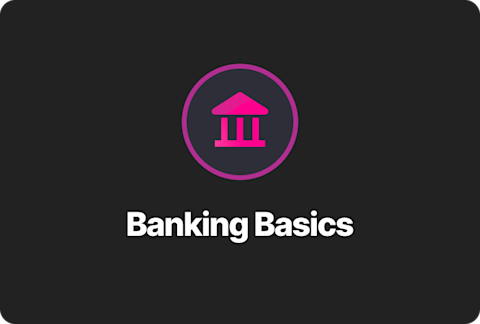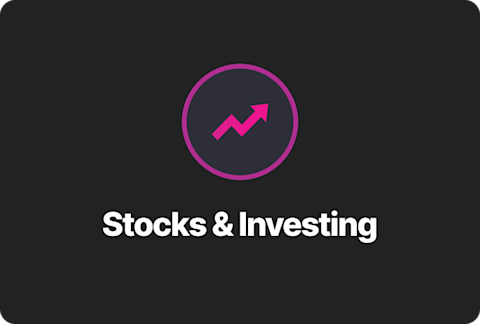A guide to investing for teens

After you master managing money between paychecks and start to save toward long-term life goals it is important to understand how investing can help to achieve those goals faster. As a teen, you don't have a lot of money or make a lot of money. You are hopefully thinking about your first paycheck, or investing in saving towards a college degree to start your career. After you have money set aside for emergency expenses and are looking to save towards your long-term goals, there are a variety of investment options to consider.
Let’s start with the basics.
What is investing?
When most people think of investing, they think of the stock market. Investing simply means devoting an asset of money, time or energy to a specific undertaking with the expectation of getting a return of higher value in the future.
Investments can earn money in different ways. Let’s take a look at some of them:
Appreciation When people buy stocks or even cryptocurrencies like Bitcoin, they hope that those assets will be worth more money when they sell them than when they bought them. If they do, that’s appreciation.
Compound interest When you earn interest on your initial investment and do not withdraw what you earned you are reinvesting that interest. Your next interest payment will be calculated on your initial investment plus the additional interest investment,that’s known as compound interest. Over time, this can really add up. In fact, it’s one of famous investor Warren Buffett’s favorite things and if you’re serious about investing, you may want to read up on him.
The most common examples of investments that earn compounding interest are savings accounts, Certificates of Deposit (CDs), money market or interest-bearing checking accounts. When you keep money in one of these accounts, you earn interest on that money and interest on the interest.
These investments are typically guaranteed or have a very low risk of losing your initial deposit. They also have a lower return than higher risk investments, which can be reassuring.
Dividends A third way investments grow is through something called dividends. This usually comes from stock investments and it basically means that the company gives you a percentage of their earnings based on the number of shares you own in that company.
What types of investments are there?
Here are some common kinds of investments to think about, from simple savings to complex:
High-yield savings accounts. Some savings accounts, known as high-yield accounts, pay a higher than usual interest rate. They typically have restrictions on the number of times you can access your money to justify the higher interest.
Money market accounts. These accounts are like hybrid checking and savings accounts and they earn more interest than the typical savings account. The downside is that they sometimes have expensive fees that can eat into your savings.
IRA. Individual Retirement Accounts help give you tax advantages with some restrictions. Traditional IRAs let you invest without being taxed upfront but you’ll pay tax when you withdraw in the future. Roth IRAs let you invest after paying taxes, which means you won’t pay taxes accessing your money later on.
CDs. CDs are offered by banks and pay more interest than a typical savings account. That’s because you agree to leave the money there, untouched, for a certain period of time. Typically the longer you agree to leave your money, the higher the interest rate.
Stocks. When you own a stock, you actually own a fraction of the company. Companies sell stocks in order to raise money to operate and grow their business. While risky, stocks have historically outperformed other investment vehicles.
Index/Mutual funds & ETFs. These types of investment funds let you buy multiple stocks at the same time.
Mutual funds. Handled by professional money managers, mutual funds invest your money in several companies across or within different business sectors, giving you an instantly diversified investment portfolio.
Index funds are similar, but they are created to track closely with the performance of a particular stock index (like the Nasdaq, Dow Jones Industrial Average or S&P 500).
ETFs (Exchange Traded Funds) are a lot like Index funds, except that they have greater restrictions on how and when they can be traded.
Understanding risk vs. reward
As you start to better understand investing options, you’ll see that some carry significantly more risk than others. Typically, the higher the risk, the higher the potential reward. You can make a lot of money buying stocks, but you can also lose it if the company fails. This is why it’s so important to understand exactly what you are investing in. Warren Buffet follows the rule of only investing in companies that you understand and truly believe will be successful. If you can’t say what a company does, then don’t invest.
As you explore investing options, it’s smart to think about how well you can handle a potential loss. Investments are for a long term return and you have to be prepared for a bad season or economic downturn. On average, stocks have compelling returns, but that does not mean every quarter or year has a positive return. Most importantly, start thinking about how you want to invest now. It’s never too early to start a plan to be prepared for the future.








